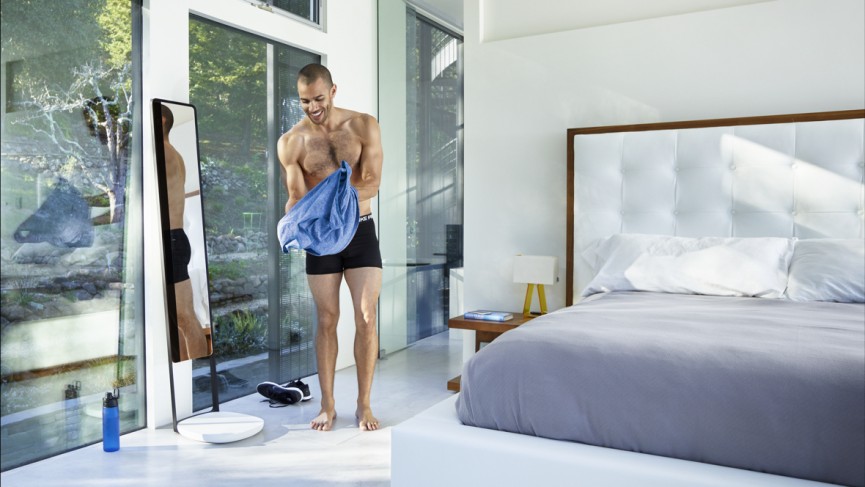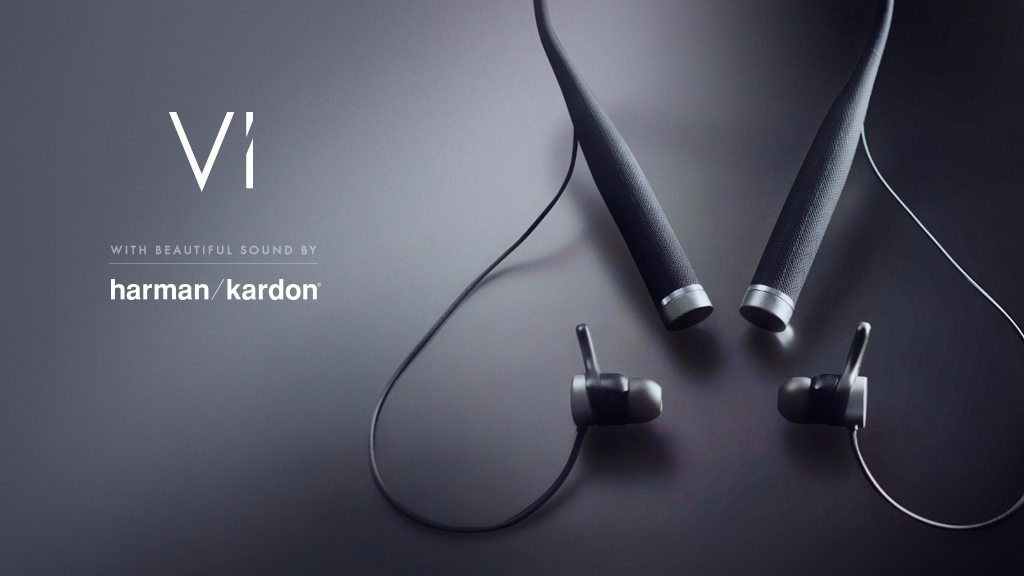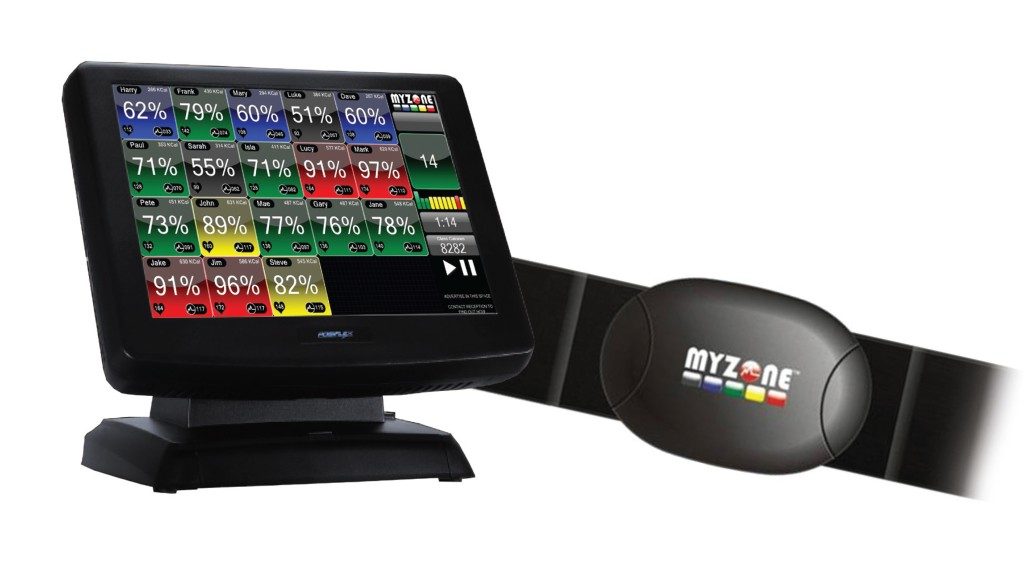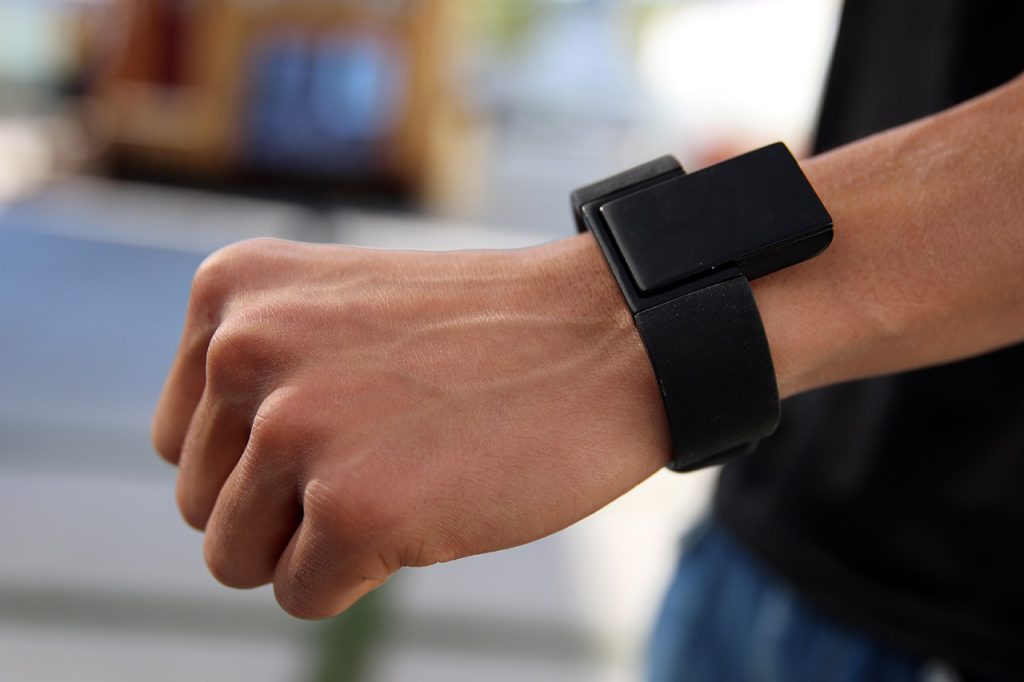
The future of wearables is many things. It is integration, this is true, but it is also intelligence.
Soon, it won’t be enough to report on what you did. That benchmark has already been set. Wearables need to tell us what to do, based on that data. They need to have artificial intelligence. Tomorrow’s wearables will not only be invisible, they will work with us as virtual assistants.
Let’s unpack five wearables to see just what these technologies are, how they proactively assist us, and what the future may hold.
The technology: Utilizing sensors and algorithms, (what device doesn’t “utilize sensors and algorithms” anymore?) the Naked scale weighs users while taking a 3D scan of their bodies.
How it assist users: With naked, the goal is to give users accurate data from which to make decisions. In this case, the intelligence is artificial as it acts as an unbiased perspective, far more unbiased than a human eye could ever be.
While you could argue that Naked attempts to replace personal trainers, it would be more accurate to say it replaces the biased version of you that stands in the mirror.
What the future may hold: Integration, integration, integration. When Naked can take what it sees, then follow you around to advise you throughout your day, pulling from what it learns in the home and outside, then they will have something unstoppable.
The technology: While still in the crowdfunding phase, Vi promises to be the hearable to change the standards for wearables. The manufacturers prefer to call VI an awareable. While the form-factor may get smaller, this basic concept is the true future of wearables.
How it assist users: Vi lives inside a pair of Bluetooth headphones that don’t look much different than LG Tone headphones. Vi rests on your neck, communicates with your smart device, then gives users real-time feedback.
The team at LifeBEAM has developed VI to not only track your health data but integrate with your goals, coaching you as you train.
What the future may hold: Nothing on this list goes more at the heart of personal trainers than Vi, but she has a long way to go before users can cancel their training programs.
At the outset, VI will only work with runners, but you can see how adding cyclists, cross-country skiers, and any other endurance platform would be a matter of algorithms.
The hot ticket for Vi will be in figuring out how to measure user’s weight lifting techniques. Could she one day coach proper movement? We think so.
The technology: Users wear a chest strap or sports bra with the embedded EKG-measuring device. Unlike the more popular wrist technology of light pulses, EKG is far more accurate data from which to draw conclusions.
How it assist users: MyZone facilitates high-quality data, but when used with the MyZone software, users are driven to compete against other users for rewards.
While most personal trainers pride themselves on their book knowledge, clients aren’t always sold on that value. They do, however, show up for a good push.
What the future may hold: Building on their popularity, which is moving very fast, the MyZone team could leverage their user base to roll out huge changes in the wearables market.
A device that not only pushes users to outperform their peers but also advises them per the high-quality data it is tracking could be massively beneficial
The technology: Whether running, walking, cycling, or boxing, Moov is a wristband (or ankle band) that speaks to you while you workout. Using motion sensor technology, Moov tracks your form in 3D space, syncing wirelessly to your smart device. It will even keep track of your movement when you’re away from said smart device.
How it assist users: Moov corrects users form as they train, noting how hard users strike or land. Moon’s goal is to push past your plateaus.
What the future may hold: Out of the gate, Moov does a lot more than its cronies. It’s waterproof, tracking more practices than Vi. The question is can Moov so many things well? The people at Moov seem to think so.
Future versions may want to add a display so that users can leave their device at home but still see real-time feedback. Alternatively, Moov may continue to give all that feedback through audio, adding a Siri-like feature. Now that would be cool.
The technology: Utilizing three modes, freestyle, coach or heart rate, Atlas not only tracks heart rate and movement, but it gives users real-time feedback on those movements.
Unlike Moov, Atlas has a display; probably one of the largest displays in the market. It’s so big it’s in letterbox. It looks like a mini smartphone on your wrist.
How it assist users: Similar to Moov, Atlas tracks your movement through motion sensors, comparing it to its database of movement. It also tracks heart rate. That data is rolled up into user feedback.
What the future may hold: For all of its technology and size, Atlas falls short in many ways. Namely, it’s only to be worn on the left wrist, where Moov can be worn on either wrist or both.
Atlas may need to pull data from the rest of the body to give users more robust feedback and assistance. Perhaps we will see smaller bands for the other limbs, which can feed into the main device.
Although we are a far cry from truly intelligent machines, one can see where this is going. Once machines get powerful enough to learn our movements and track our health metrics, we may open whole new avenues of real time training.
We are looking at a future where world records are broken like dropped eggs, where individuals of any means have access to fitness training, and personal trainers are going to have to humanize their efforts to stay in business.





